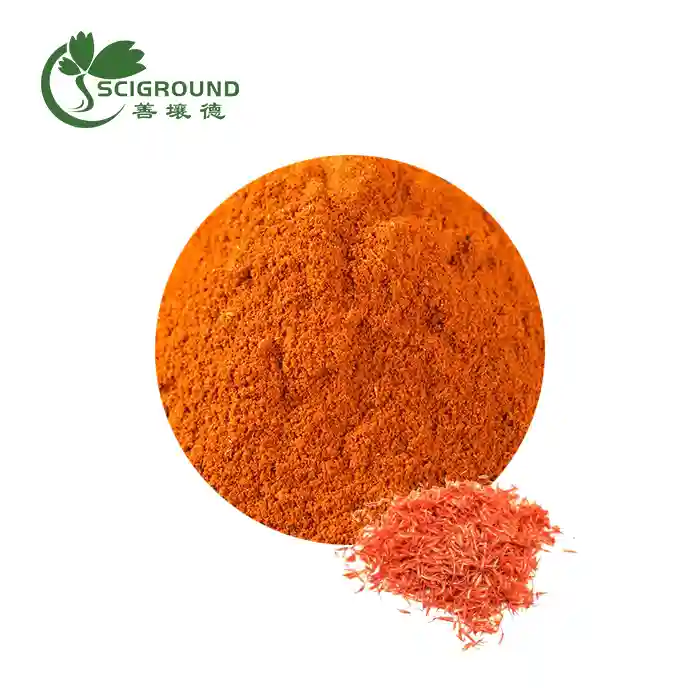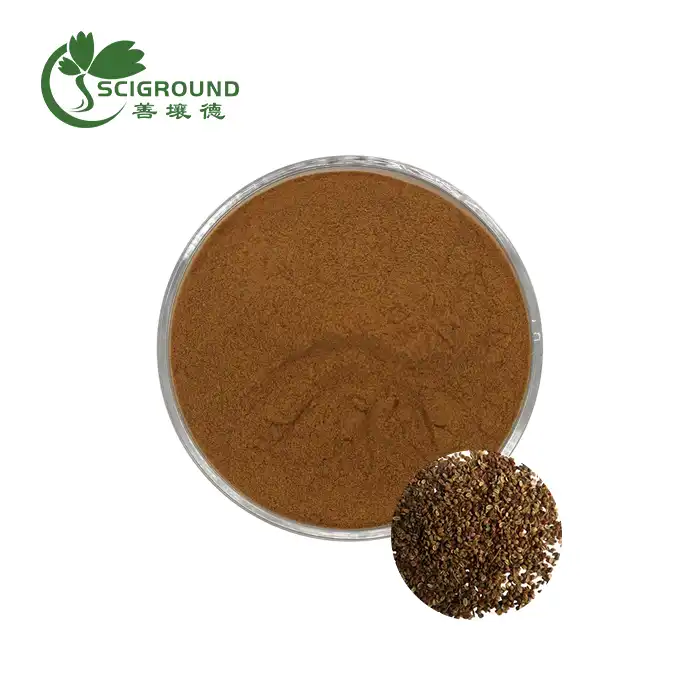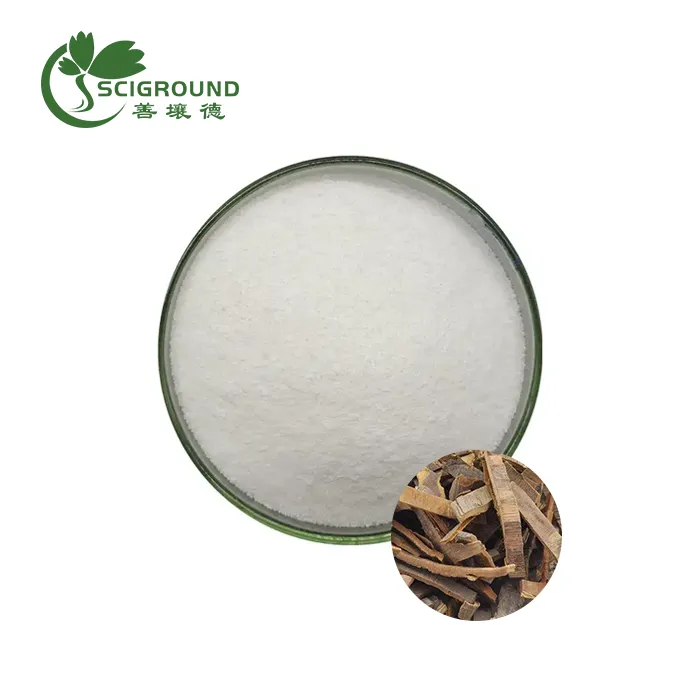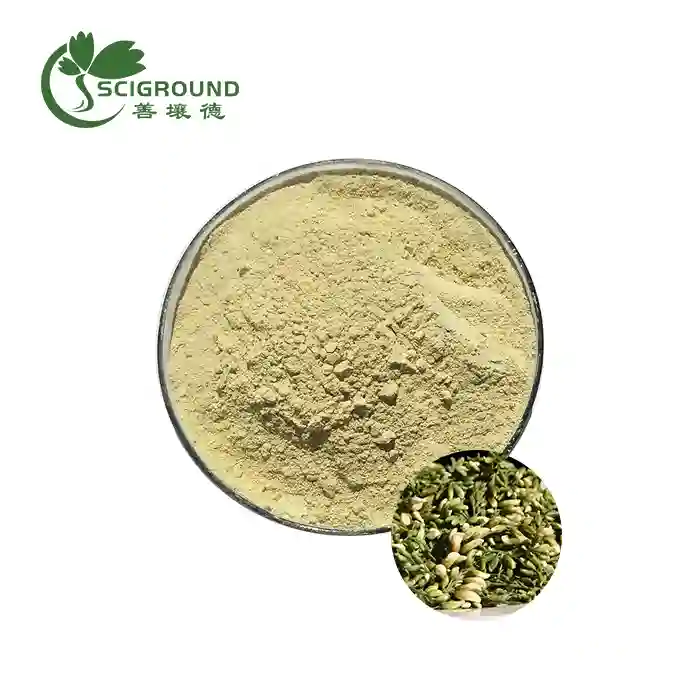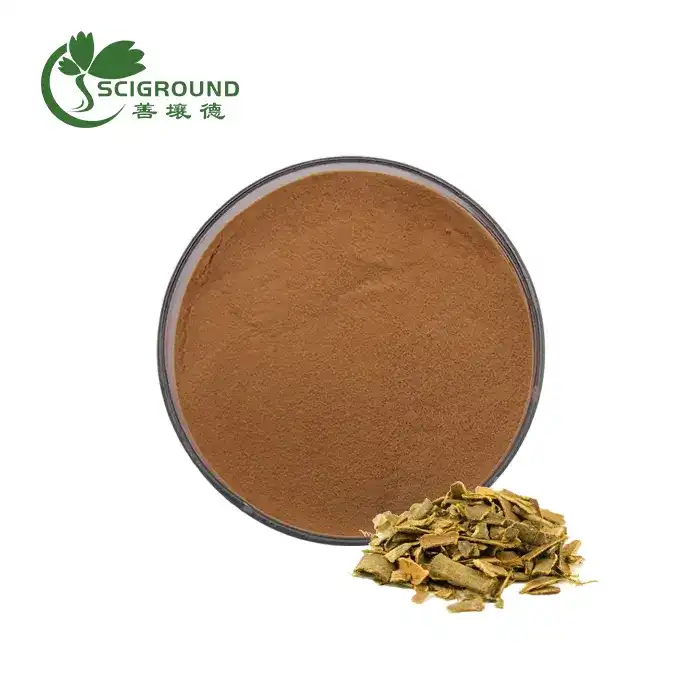does stevia have an aftertaste
Exploring the Taste Profile of Stevia
Stevia, derived from the leaves of the Stevia rebaudiana plant, has gained significant attention as a natural, calorie-free sweetener. Its taste profile is a crucial aspect that sets it apart from traditional sugars and artificial sweeteners. Understanding the taste of Stevia is essential for those looking to incorporate it into their culinary endeavors and dietary choices.
It is often described as intensely sweet, and its sweetness can be as much as 150 to 300 times that of sucrose (table sugar). This extreme sweetness comes from the presence of natural compounds known as steviol glycosides. The primary glycosides responsible for Stevia's sweet taste are rebaudioside A (Reb A), rebaudioside C (Reb C), and stevioside. Each of these glycosides imparts a slightly different flavor profile.
Reb A is often considered the gold standard for sweetness and is responsible for the initial burst of sweetness in Stevia. It has a clean, sweet taste with minimal aftertaste. Reb C, on the other hand, contributes to a slightly bitter or licorice-like aftertaste, which can be noticeable in some Stevia products, particularly when used in high concentrations. Stevioside provides a sweet taste with a hint of licorice or herbal notes.
It's important to note that the taste of it can vary between different brands and products due to the specific blend of steviol glycosides used and the extraction and purification processes employed. Some manufacturers have made significant advancements in minimizing the bitter aftertaste, providing a taste profile that is more sugar-like.
When used judiciously, it can be an excellent sugar substitute, especially for those who are watching their calorie intake or managing blood sugar levels. Its taste profile, while distinct, offers a natural alternative to traditional sugars, and its versatility in various recipes, from beverages to baked goods, makes it a valuable tool in the kitchen for those seeking a healthier way to satisfy their sweet cravings.
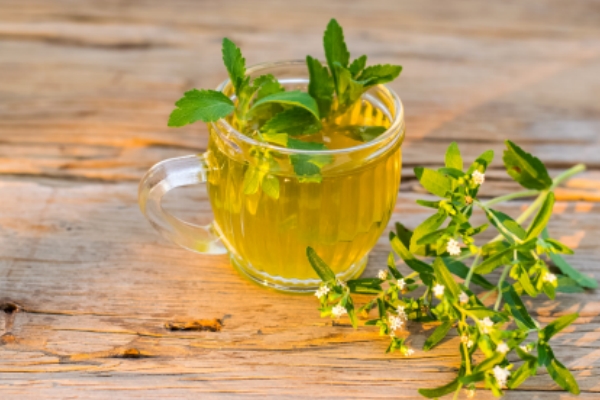
Factors Influencing Stevia's Aftertaste
Stevia, the natural sweetener derived from the leaves of the Stevia rebaudiana plant, has gained popularity for its intensely sweet taste with minimal calories. However, one common concern among consumers is the aftertaste associated with Stevia. Several factors contribute to the aftertaste of Stevia, and it's important to understand these elements for a more enjoyable experience. Here, we explore the key factors that influence Stevia's aftertaste.
Type of Steviol Glycosides:
The specific combination and concentration of steviol glycosides in a Stevia product play a significant role in determining its aftertaste. Some glycosides, such as rebaudioside A (Reb A), have a cleaner and less bitter aftertaste, while others, like rebaudioside C (Reb C), can impart a slightly bitter or licorice-like aftertaste.
Purity and Processing:
The level of purity and the processing methods used during Stevia extraction can impact its aftertaste. High-purity Stevia extracts tend to have a milder aftertaste, while less refined products may contain more impurities that contribute to bitterness.
Concentration and Usage:
The amount of Stevia used in a recipe or beverage can influence the aftertaste. Excessive use of Stevia can intensify the aftertaste, making it more noticeable. Using the right amount is crucial for a balanced flavor.
Interactions with Other Ingredients:
The aftertaste of Stevia can also be influenced by other ingredients in a recipe. For instance, the presence of certain acids or flavor compounds can enhance or mask the aftertaste.
Individual Sensitivity:
People's taste perceptions can vary. Some individuals may be more sensitive to the aftertaste of Stevia, while others may hardly notice it. Sensitivity can be influenced by genetics and previous exposure to intense sweeteners.
Product Quality:
The quality and brand of the Stevia product you choose can greatly affect the aftertaste. High-quality products from reputable manufacturers often undergo processes to minimize aftertaste.
Time and Adaptation:
Some individuals may find that their tolerance to Stevia's aftertaste improves over time. This adaptation can vary among people.
Understanding these factors can help individuals choose the right Stevia products and use them in a way that minimizes the aftertaste while still enjoying the benefits of this natural sweetener.
Minimizing or Enhancing Stevia's Aftertaste
While some individualities may find the shadow of stevia unwelcome, there are ways to minimize or indeed enhance the taste profile of stevia. For those looking to avoid the shadow altogether, using a stevia product with a advanced chance of rebaudioside A( one of the steviol glycosides) may be salutary, as it's known to have a cleaner taste compared to other steviol glycosides. Blending stevia with other sweeteners can also help to mask or balance out the shadow.
numerous products on the request combine stevia with erythritol, a sugar alcohol known for its low- calorie agreeableness and minimum impact on blood sugar. This combination can give a more well- rounded flavor profile. In summary, the taste profile of stevia can vary depending on factors similar as an existent's taste perceptivity and the composition of the stevia product. While some people may witness an shadow when consuming stevia, there are styles to minimize or enhance its taste.
As a professional manufacturer and exporter of factory excerpts and health food raw accoutrements , Lushi Sciground BiotechnologyCo.,Ltd. is devoted to producing high- quality stevia products that feed to colorful taste preferences. For further information about our stevia products or to interrogate about our OEM customization services, please communicate us at info@scigroundbio.com. We welcome the opportunity to assist you in finding the perfect stevia solution.
References:
Lailerd, N., & Saengsirisuwan, V. (2019). Toward a better understanding of the sweetness of Steviol Glycosides: Characterization of the sweet taste of rebaudioside A. Journal of Food Science, 84(7), 1701-1706.
Geuns, J. M. C. (2003). Stevioside. Phytochemistry, 64(5), 913-921.
Soejarto, D. D., et al. (2004). Ethnobotany of Stevia and Stevia rebaudiana. Botanical Journal of the Linnean Society, 144(3), 417-433.
Related Industry Knowledge
- How is Boswellia taken?
- What you need to know before you take Acetylcysteine 200 mg Powder
- Is L-tryptophan safe for sleep?
- How do you dissolve melatonin powder?
- How to Make Apple Extract
- What is the best way to absorb quercetin?
- What is astragalus best for?
- What foods have bcaas
- Is pea or whey protein better?
- Is Ginkgo biloba safe to take daily?
